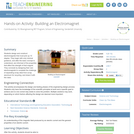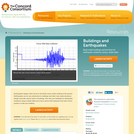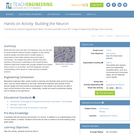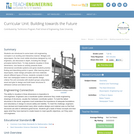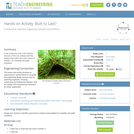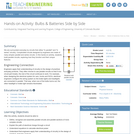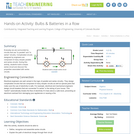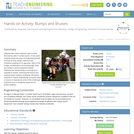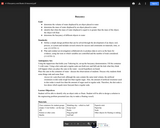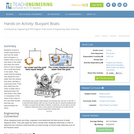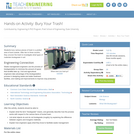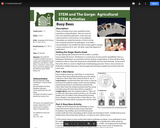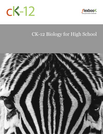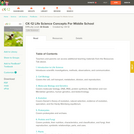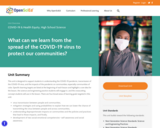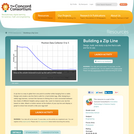
A zip line is a way to glide from one point to another while hanging from a cable. Design and create a zip line that is safe for a hard-boiled egg. After designing a safety egg harness, connect the harness to fishing line or wire connected between two chairs of different heights using a paper clip. Learn to improve your zip line based on data. Attach a motion sensor at the bottom of your zip line and display a graph to show how smooth a ride your egg had!
- Subject:
- Applied Science
- Chemistry
- Engineering
- Mathematics
- Physical Science
- Physics
- Material Type:
- Activity/Lab
- Diagram/Illustration
- Lecture Notes
- Provider:
- Concord Consortium
- Provider Set:
- Concord Consortium Collection
- Author:
- The Concord Consortium
- Date Added:
- 05/21/2012

